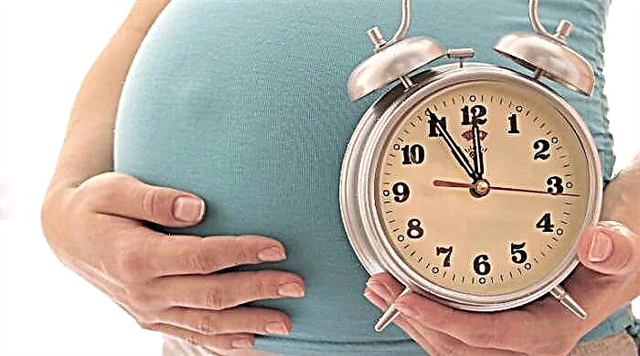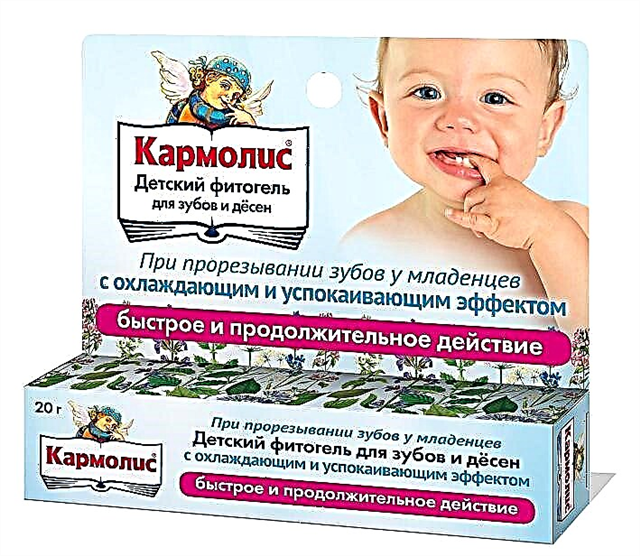
There are many prohibitions for expectant mothers, including the use of different medicines. However, many women fall ill during the period of gestation, and sometimes a high fever or severe pain requires the use of drugs, for example, "Paracetamol". Such a drug is most in demand for reducing fever and combating pain in childhood, but it is recommended to use it with caution during pregnancy.

Is it allowed in the middle of the term?
At the beginning of the second trimester (weeks 13 to 17) all organ systems of the crumbs are still continuing their development, so at this time it is worth avoiding, if possible, the adverse effects that any drugs can have. Taking "Paracetamol" during this period is permissible only for good reasons, for example, if a woman has a high body temperature (more than 38 degrees) or severe pain that is difficult to endure.
Period from 18th to 27th week is called by doctors the safest for the baby. At this time, the sensitivity of the fetus to the drugs taken by the mother decreases, its organs are already formed, and the placenta protects from various harmful effects. That's why the use of "Paracetamol" often does not affect the condition of the baby in the tummy in any way, if you follow the dosages prescribed by the doctor and do not take this medicine too often.

Features of the drug
Paracetamol has two therapeutic effects that are in demand for colds, flu, injuries and other pathological conditions. One of them is a decrease in body temperature if it rises above normal values. The second effect is pain relieving. Both actions are associated with the ability of the active substance of the drug to influence the secretion and activity of substances called "prostaglandins".
It is they who activate the inflammatory process in the body, stimulate the rise in temperature in response to infection and cause pain in trauma and in other situations. Due to the influence on enzymes that control the synthesis of prostaglandins, "Paracetamol" is able to bring down the temperature and reduce pain.
The medicine is presented in pharmacies in several forms:
- pills;
- suspension;
- powders;
- candles;
- effervescent tablets;
- injections.
For use at home during pregnancy, suppositories and tablets are most preferred. The drug in suppositories does not harm digestion, does not contain harmful chemicals, is quickly absorbed and helps with vomiting and toxicosis.
In tablet form, "Paracetamol" is easy to swallow, but in the form of powder or effervescent tablets, the medication begins to act faster, which is important at very high temperatures. The solution for injections is used only in hospitals, and the suspension is usually chosen for children, but if there is no other type of drug at hand, adults can also use the sweet medicine.

How to use?
A single dosage of the drug is usually 500 mg, but it is better to check with your doctor, as sometimes it is even lower. If a pregnant woman has a headache, toothache or other pain, then at first it is recommended to take only 200-250 mg. Probably, even such a dosage is enough to eliminate pain, then there is no need to increase the amount of the active substance. The maximum dose of "Paracetamol" for the expectant mother at one time is 1000 mg.
How often to take the drug, you also need to ask your doctor. Usually doctors advise to use "Paracetamol" as little as possible and only if necessary to bring down fever or relieve pain. Application more often 3-4 times a day is not recommended, and the daily dose of the drug should not exceed 4000 mg. The duration of treatment is also limited to 3 days, and prophylactic use of "Paracetamol" is contraindicated.


Potential harm
Any form of the drug can adversely affect the condition of a pregnant woman if the woman has an intolerance to its components or the body lacks an enzyme called glucose-6-phosphate dehydrogenase. "Paracetamol" is also prohibited for stomach ulcers and bleeding in the digestive tract, and with lesions of the liver, hematopoietic organs, kidneys and some other diseases, this medicine is given with caution.
Side effects of "Paracetamol", judging by the reviews, are rare, but sometimes expectant mothers after taking such a drug complain of bloating, nausea, discomfort in the stomach, heartburn and other unpleasant symptoms. Occasionally, a medication provokes an allergy (for example, in the form of urticaria) and then it must be canceled immediately.
If you do not follow the recommendations for dosage and duration of administration, then "Paracetamol" can affect the liver, bone marrow, kidneys and other organs.

The harmful effects of the drug can also manifest itself when it is combined with some other drugs, so if a pregnant woman is already taking any drugs, then their compatibility with "Paracetamol" should be clarified before using a pill, suppository or other form.
What to replace?
Instead of "Paracetamol", its analogs can be used, which contain the same active ingredient. For example, a doctor may prescribe Efferalgan or Panadol for a pregnant woman. And since other paracetamol preparations are available in the same forms, it will not be difficult to find a suitable replacement.


In this case, the expectant mother should avoid combination drugs in the form of powders in portioned sachets or effervescent tablets in which paracetamol is combined with other ingredients, for example, with vitamin C and caffeine. Such analogs are very effective in bringing down the temperature and helping to cope with most cold symptoms, but they are not recommended for pregnant women.
Instead of "Paracetamol" in the second trimester, "Nurofen" or any other drug based on ibuprofen can be used. It is not forbidden to use medicines in which both paracetamol and ibuprofen are present, for example, tablets "Ibuclin" or "Next". These funds have a quick and long-term effect, but the choice of such an analogue is best done with a doctor.


Doctor Komarovsky will tell you how to treat a pregnant woman in the next video.



